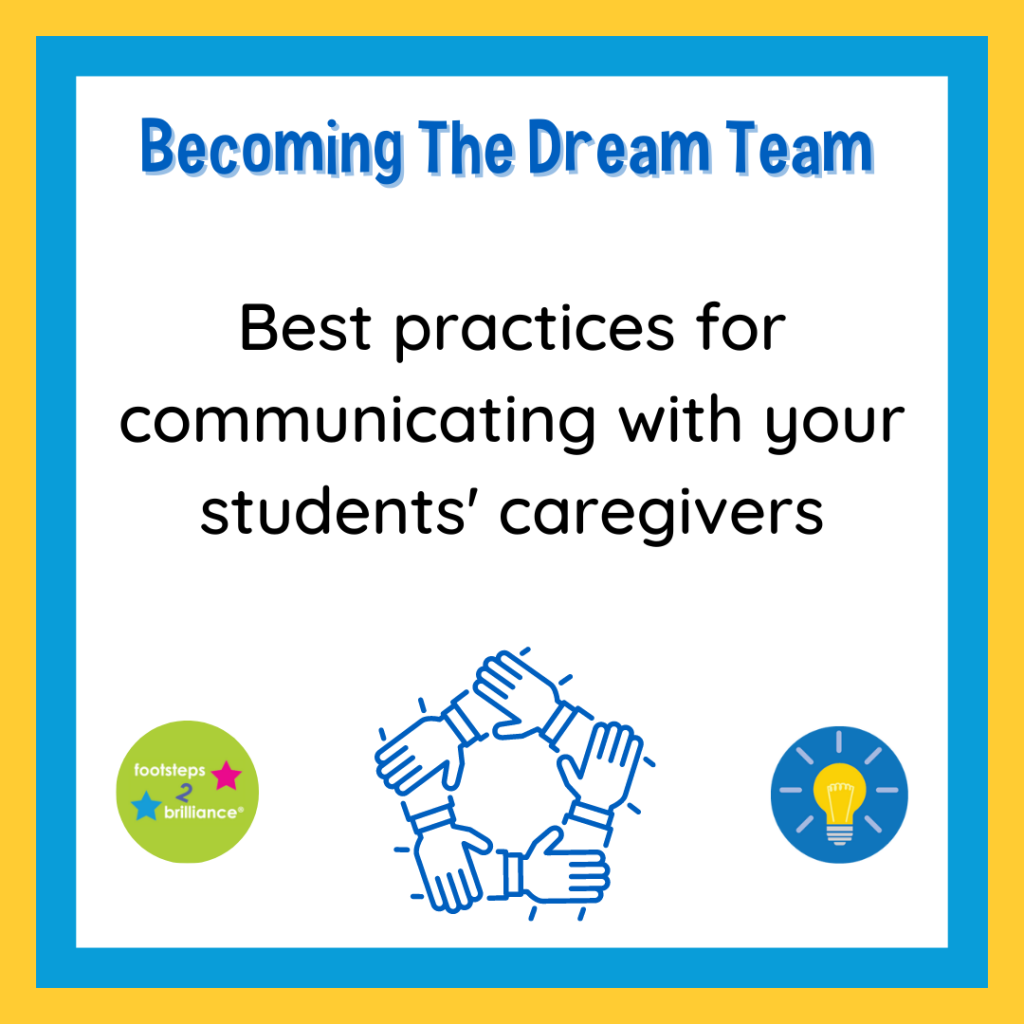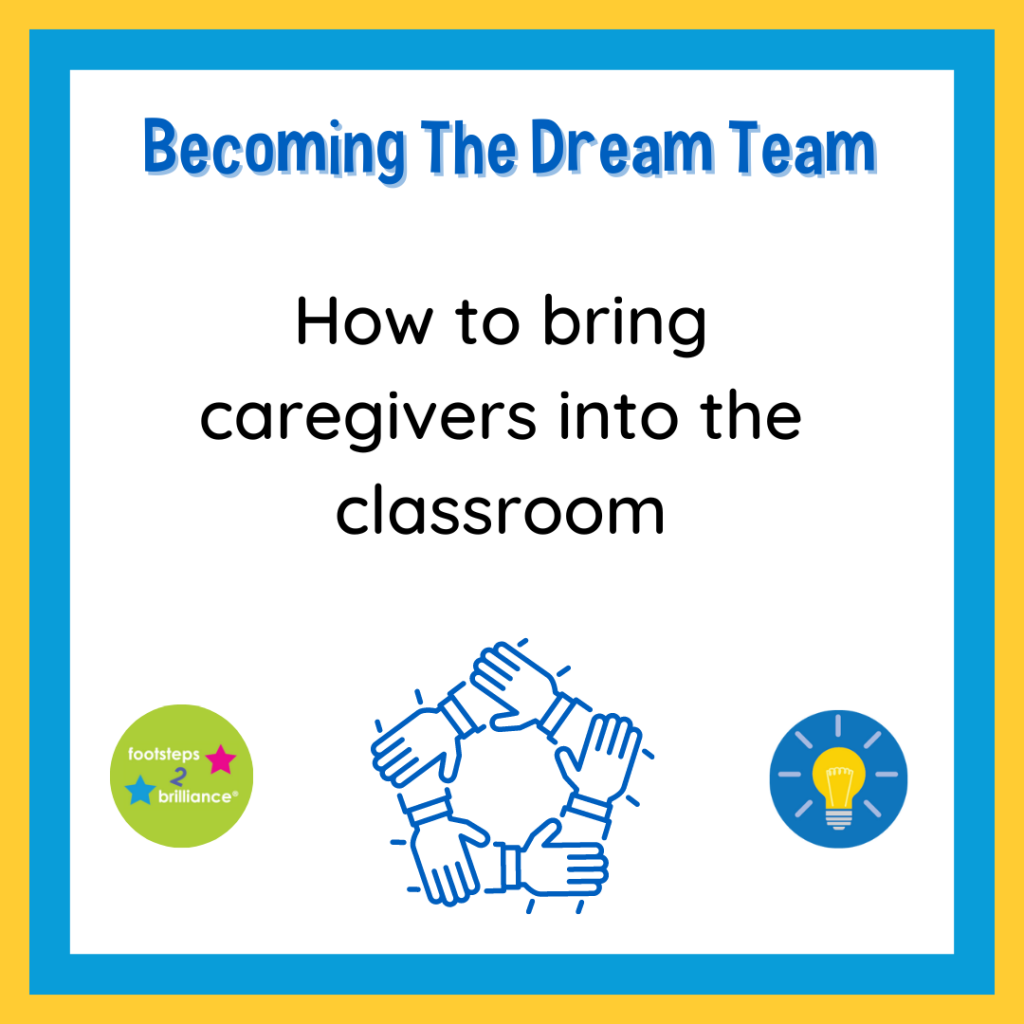Para este Viernes en familia, haremos un juego de contar. En Geraldine la jirafa, los niños aprenderán cómo Geraldine usa las manchas para identificar a su mamá. Los niños practicarán sus habilidades de contar al tirar dados e identificar las manchas que tienen el mismo número que el dado. Lea nuestra guía paso a paso para ver cómo puede jugar esta actividad interactiva con su hijo en casa.

















